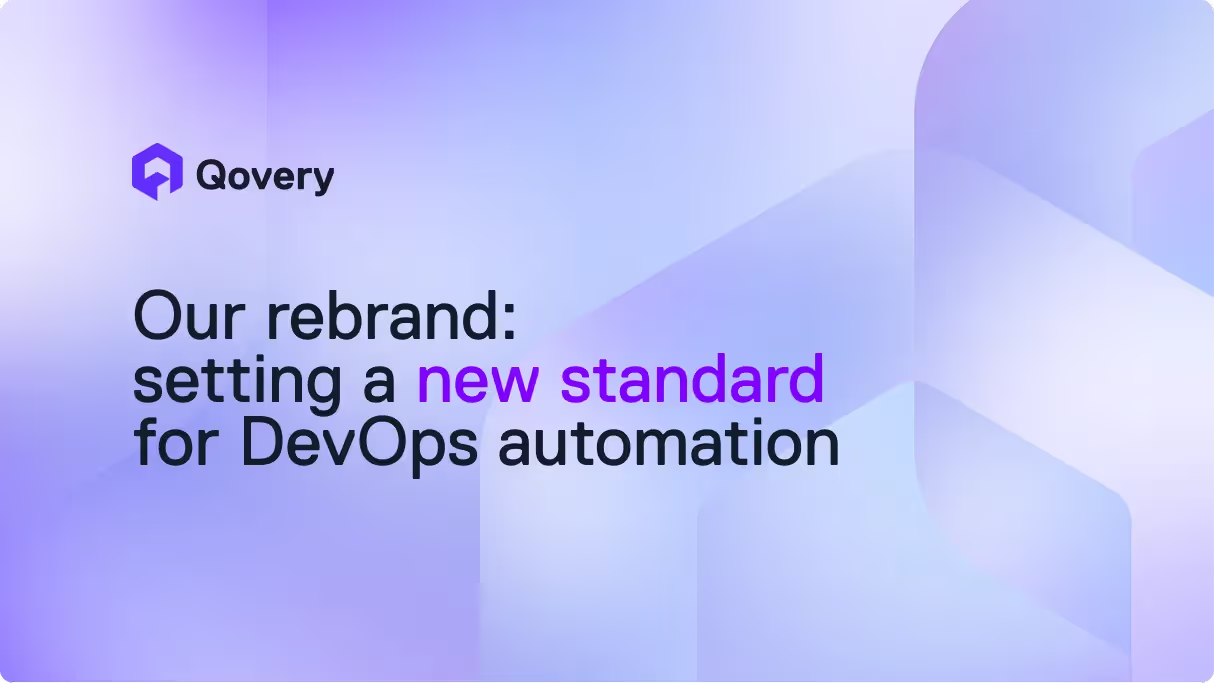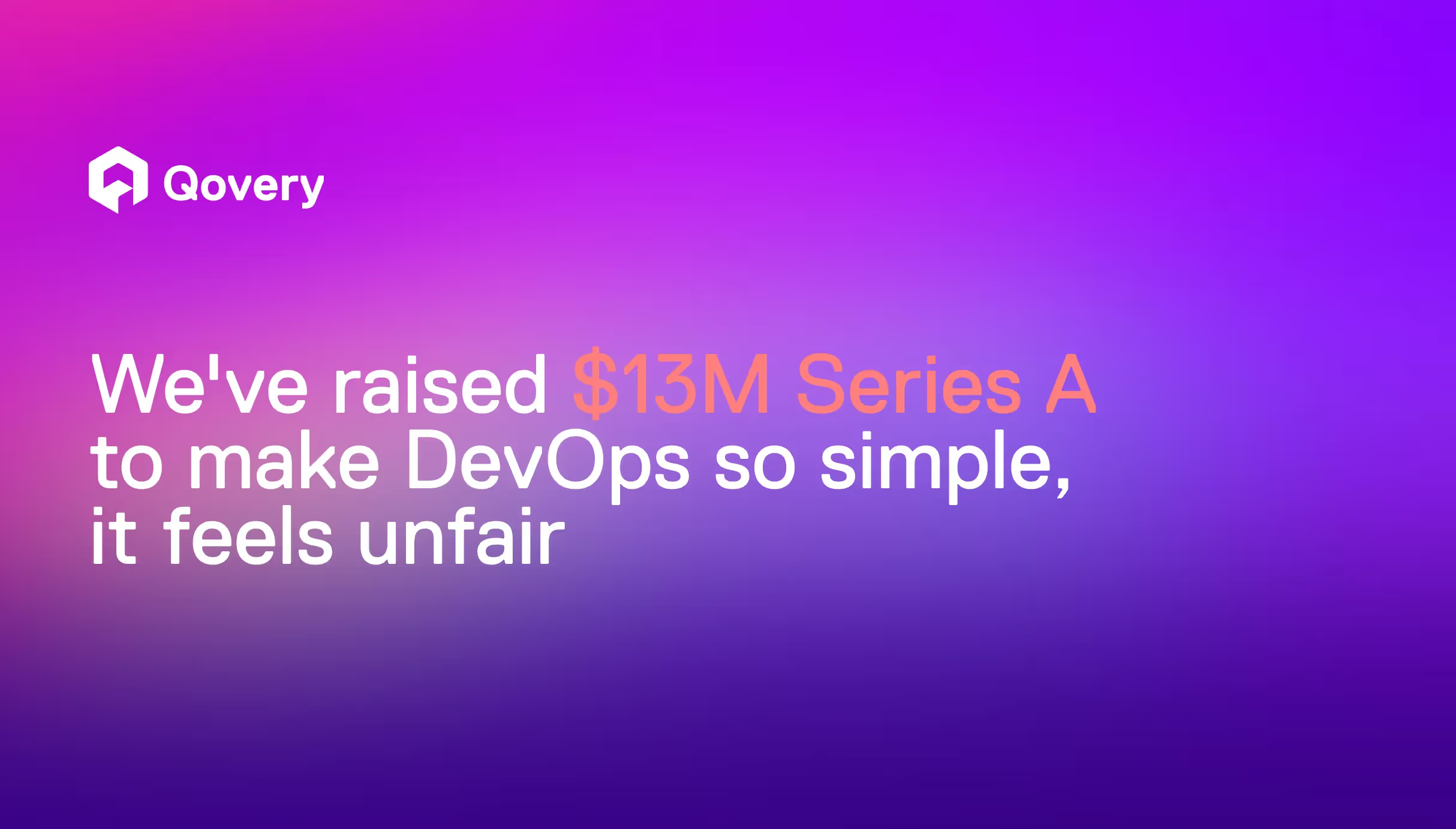Our Blog
Learn, build, and scale with the Qovery Blog. Access practical insights that help developers solve problems faster and deliver real results


Qovery

minutes
October 2, 2025
Our rebrand: setting a new standard for DevOps automation
Qovery unveils its new brand identity, reinforcing its mission to make DevOps simple, intuitive, and powerful. Discover how our DevOps automation platform simplifies infrastructure, scaling, security, and innovation across the full DevOps lifecycle.
Read more


Qovery

3
minutes
September 30, 2025
We've raised $13M Series A to make DevOps so simple, it feels unfair
I'm excited to announce our $13M Series A, led by IRIS and Crane Venture Partners with support from Datadog founders and Speedinvest. This investment will fuel our mission to make DevOps simple and scalable, expand in the US and Europe, and accelerate product innovation.
Read more


DevOps

Developer Experience

9
minutes
July 2, 2025
The 10 Best DevOps Automation Tools for Scaling Your Startup
DevOps automation is key. Discover the top 10 DevOps automation tools, from specialized platforms like Terraform to all-in-one solutions like Qovery, and learn how to overcome complexity for faster delivery.
Read more


Thank you! Your submission has been received!
Oops! Something went wrong while submitting the form.
Case studies
.webp)




